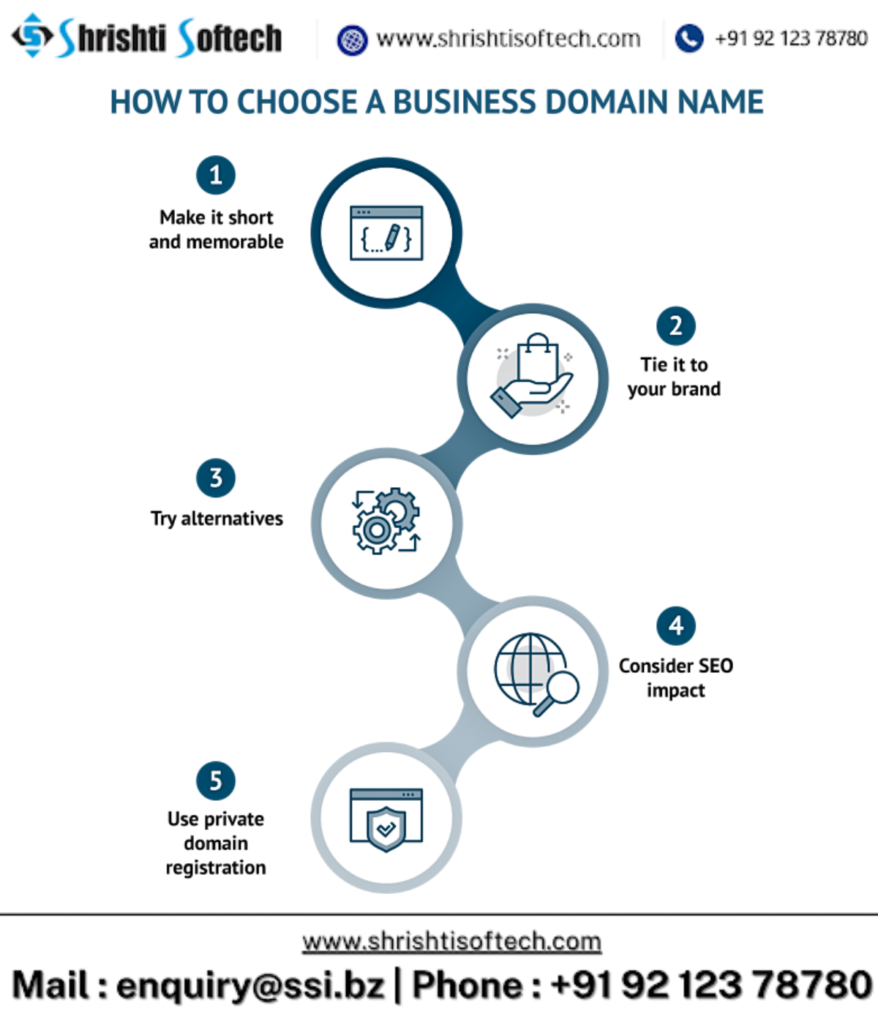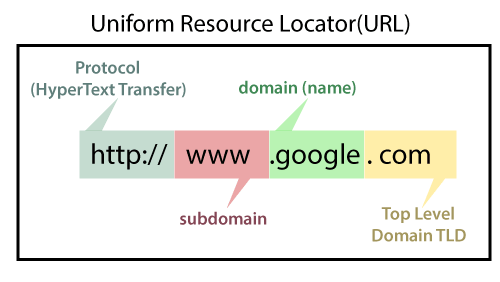
How Choosing the Right Web Address Boosts Your Business
In today’s digital age, a business’s online presence is paramount to its success. As more consumers turn to the internet to research, compare, and purchase products or services, having a strong online identity is no longer optional but essential. One of the fundamental elements that can make or break your online brand is your domain name. In this blog, we’ll explore the importance of choosing the right domain for your business and how it can significantly impact your success in the digital realm.
Establishing Credibility :
Your domain name is like the digital storefront of your business. It is the first thing that potential customers see when they encounter your brand online. A well-chosen domain name can instantly establish credibility and trustworthiness, making users more likely to engage with your website. On the other hand, a poorly chosen or obscure domain may raise doubts about your legitimacy, resulting in missed opportunities and lost conversions.
Reflecting Your Brand Identity :
Your domain name is an integral part of your brand identity. It should reflect your business’s name, purpose, or the products and services you offer. When users can easily connect your domain name with your brand, it strengthens brand recognition and recall. A domain that aligns with your business’s identity can leave a lasting impression, leading to increased customer loyalty and repeat visits.
Boosting SEO Rankings :
Search engine optimization (SEO) is crucial for improving your website’s visibility in search engine results. While the domain name is not the sole factor affecting SEO, it can still play a role in boosting rankings. Keywords within the domain can signal to search engines the relevance of your website to specific search queries. However, it’s essential to strike a balance between using relevant keywords and maintaining a concise and memorable domain name.
Enhancing User Experience :
A user-friendly domain name can make it easier for visitors to remember and revisit your website. Short, clear, and easy-to-spell domain names are more likely to be typed directly into the address bar, bypassing the need for a search engine. Additionally, consider avoiding numbers, hyphens, or unconventional spellings that may confuse users and make it harder for them to find you online.
Protecting Your Brand :
Choosing a domain name is not only about picking the right one but also about protecting your brand from potential threats. Registering multiple domain extensions (e.g., .com, .net, .org) and common misspellings of your domain can prevent others from capitalizing on your brand name and diverting traffic away from your site. Additionally, monitoring and addressing any potential trademark infringements is essential to safeguard your brand’s reputation.
Adapting to Market Trends :
In the fast-paced digital landscape, market trends can change rapidly. As your business evolves and grows, so too should your online presence. Being open to revisiting your domain name and making adjustments can help you stay relevant, capture new opportunities, and align with the changing needs of your target audience.
Conclusion:
Your domain name is more than just an online address; it’s an indispensable asset for your business’s digital success. By choosing a domain that aligns with your brand, reflects your identity, and is optimized for SEO and user experience, you lay the foundation for a thriving online presence. Remember to protect your brand by registering multiple domain extensions and addressing potential infringements. With the right domain, you can establish credibility, build trust, and take your business to new heights in the digital realm. So, master the domain, and watch your business flourish!










